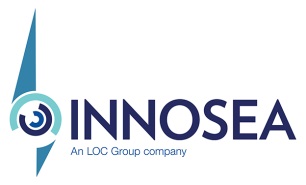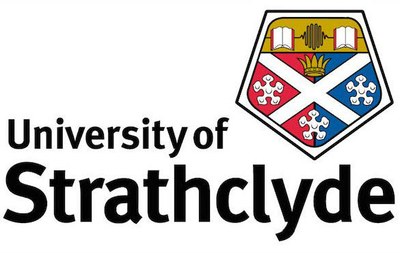WP06 - Structural Design
Work Package 06 - Structural Design
Wave Energy has enormous potential, however the aggressive manner in wave loads are imparted into conventional WECs means that often WEC materials and structures struggle to resist cyclic and variable impact environmental loads resulting in very large costs and poor structural reliability. LiftWEC by its definition harnesses wave forces in a constant and even manner which in addition to allowing better control for optimum power take-off means that loads imparted to the WEC structure will be less aggressive. Work Package 6 is focussed on ensuring LiftWEC has sufficient structural resistance so that it can be manufactured, deployed, operated, maintained and decommissioned in a cost-effective and structurally reliable manner.
The project will in the first instance produce a number of different concepts and these will be evaluated in terms of their Ultimate Limit State (ULS) i.e. the maximum instantaneously applied load the device will survive. This will be achieved through a quasi-static Finite Element Analysis (FEA) of the LiftWEC concepts subject to extreme load events. Similar models will be used to determine the resistance to non-operational extreme loads including those potentially applied during transportation/deployment, maintenance and decommissioning. This can be a common cause of failure as structures are generally optimised structurally for operating conditions and can experience loads with resulting critical stresses in areas of the structure not deemed critical during normal operation e.g. lifting points.
Fatigue is the primary failure mode for the majority of offshore structures, i.e. ships, offshore wind and Oil & Gas installations etc., and WECs are no different. In order to understand fatigue behaviour a full structural dynamics analysis is required so that the global and local structural dynamic stresses can be predicted. An FSI (Fluid Structure Interaction) model including structural dynamic response of the wave forces interacting with the LiftWEC will be required integrating the machine resistance and control. This is a multivariate complex analysis but will allow the structural optimisation against the power take-off and will feed into the fatigue analysis. The fatigue assessment will be carried out by assessing critical local areas of stress concentration and will apply stochastic time-domain analysis using both stresslife and fracture mechanics approaches incorporating environmental corrosion effects applying contemporary standards and guidance.
An important dimension to Work Package 6 is to consider different materials solutions for cost-effective life-cycle performance. Concrete and composite components will be assessed alongside structural steel options in addition to coatings. Inspection, Repair and Maintenance will be considered carefully within this task.
Work Package Deliverables
D6.1 Extreme Event LiftWEC ULS Assessment
D6.1 Extreme Event LiftWEC ULS Assessment Download Deliverable D6.1 This document constitutes Deliverable ‘D6.1 Extreme Event LiftWEC ULS Assessment” of the LiftWEC project. LiftWEC is a collaborative research project funded by the European Union’s Horizon 2020 Research and Innovation Programme under Grant Agreement No 851885. It is the intention of the project consortium that the LiftWEC project culminates in the development of one or more promising configurations of a Wave Energy Converter operating through the
D6.2 Transportation and Maintenance LiftWEC ULS Assessment
D6.2 Transportation & Maintenance LiftWEC ULS Assessment Download Deliverable D6.2 This document constitutes Deliverable ‘D6.2 Transportation and Maintenance LiftWEC ULS Assessment” of the LiftWEC project. LiftWEC is a collaborative research project funded by the European Union’s Horizon 2020 Research and Innovation Programme under Grant Agreement No 851885. It is the intention of the project consortium that the LiftWEC project culminates in the development of one or more promising configurations of a Wave Energy Converter operating
D6.3 Structural Dynamic Model Development
D6.3 Structural Dynamic Model Development Download Deliverable D6.3 This document constitutes Deliverable ‘D6.3 Structural Dynamic Model Development” of the LiftWEC project. LiftWEC is a collaborative research project funded by the European Union’s Horizon 2020 Research and Innovation Programme under Grant Agreement No 851885. It is the intention of the project consortium that the LiftWEC project culminates in the development of one or more promising configurations of a Wave Energy Converter operating through the use of
D6.4 Fatigue Assessment
D6.4 Fatigue Assessment Download Deliverable D6.4 This document constitutes Deliverable ‘D6.4 Fatigue assessment” of the LiftWEC project. LiftWEC is a collaborative research project funded by the European Union’s Horizon 2020 Research and Innovation Programme under Grant Agreement No 851885. It is the intention of the project consortium that the LiftWEC project culminates in the development of one or more promising configurations of a Wave Energy Converter operating through the use of one or more rotating





